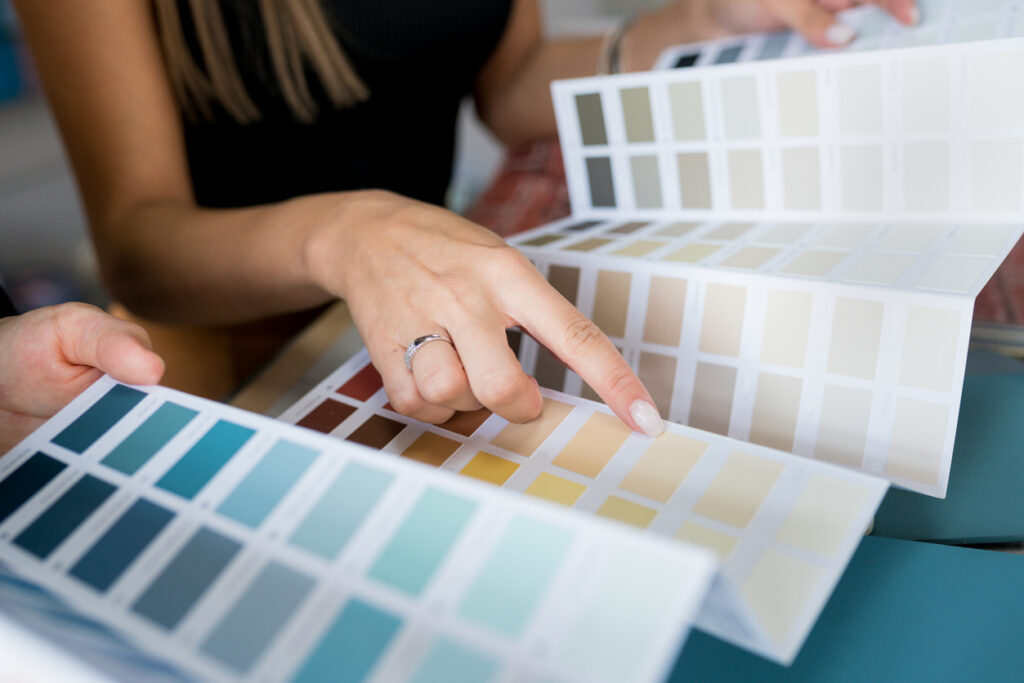The Right Way to use Color Samples

The Right (and Wrong) Way to Use Color Samples
Choosing the right paint colors for your home is no easy task. While paint isn’t permanent, insofar as you can always paint over it with another color, you’re still more than justified in treating it as a long-term change. What this means in practical terms is that you want to get it right the first time.
That means you’ll want to obtain some home color samples. Taking color samples for a test run is important for finding just the right shade and finish, but there’s a right and a wrong way to use them.
The Wrong Way: Color Chaos
You’ve probably heard the advice: If you’re going to paint your walls, try out a sample first on the wall, to see how you like the color. The reality, though, is that this bit of conventional wisdom is a myth.
There’s obviously no better way to test out a home paint color than to see it applied to the area in question, but slapping a bunch of paint onto an interior wall might actually do more harm than good.
What really happens when homeowners start painting patches of wall is you end up with a jumble of thinly painted layers with rough edges — samples that can’t do justice to the color. It’s disorienting and bound to be ugly. You also run the risk of introducing colors and textures — that won’t be easy to paint over, even after several coats of the color you eventually decide on. Darker colors, for example, can sometimes take a great deal of time, effort and resources to hide fully if you ultimately go in a different direction and choose a lighter color.
Luckily, there’s a right way to use color samples for your home that won’t create unhelpful eyesores throughout your house.
The Right Way: Color, Cleanly Painted
The eye loves strong, consistent colors and clean-cut corners. As such, the rough edges of paint samples painted on a wall are going to be off-putting, no matter how lovely the actual color is. That’s why we recommend painting a piece of white, thin index card stock with two full coats of color, and taping it to the wall as a sample.
You’ll keep your walls clean and avoid making a mess that will have to primered over when you do select a final color. Additionally, you’ll find that the strength of color you get from painting on a clean piece of card will give you a much more accurate idea of what the actual wall is going to look like fully painted.


